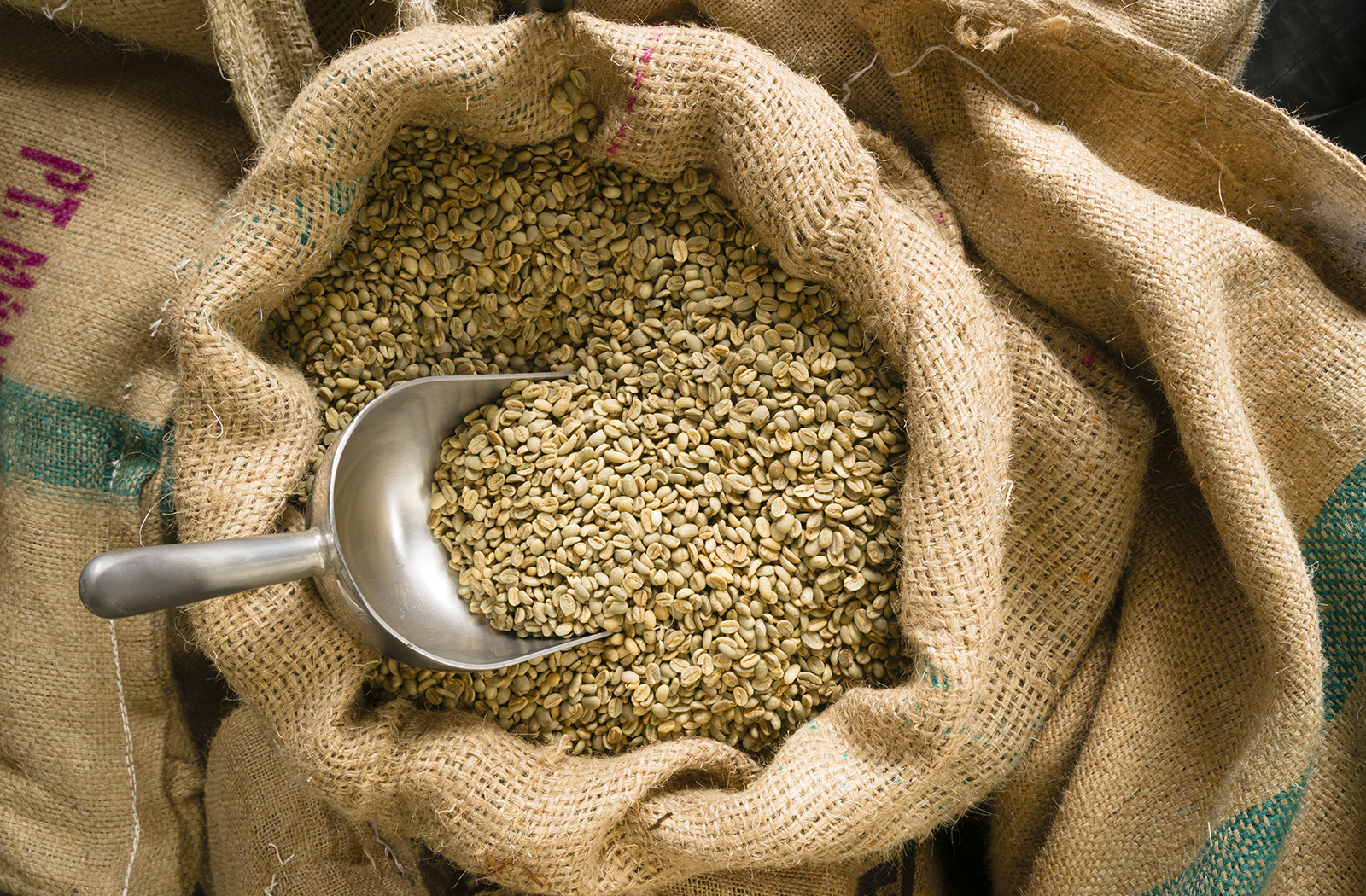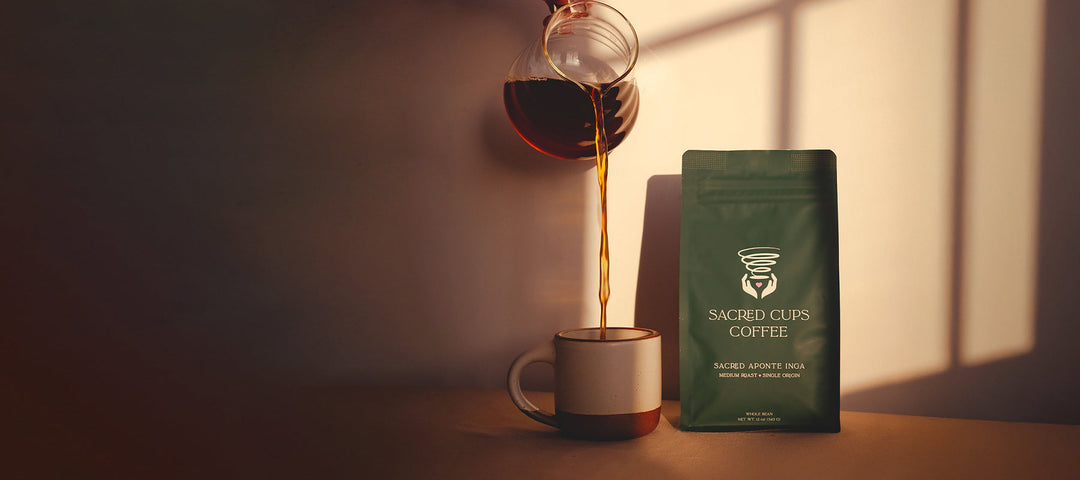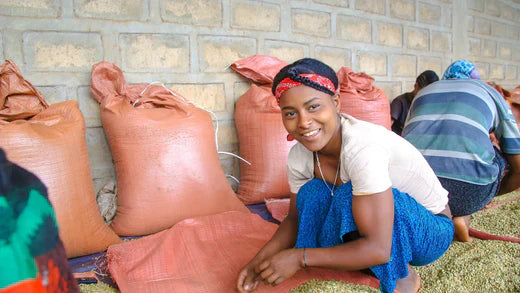The funny thing about the coffee industry is that it uses common terms that make sense to those within the industry, but when we think about them, these terms can actually be really confusing (especially when they pertain to commodity trading, but that’s the subject of a different post).
For example, when we talk about green beans…

Not these:

We use other terms that, in general usage, give a different impression than what we mean with coffee: parchment, pulp, honey, and natural.
Let’s get into one of the most essential questions that can help you understand differences in coffees that impact taste and health. Answering this question and other questions will also set the stage for a broader awareness of the complexities involved with studying coffee and its impact on health.
First, by understanding the coffee plant, we can understand processing and then what “honey” coffee is.
What exactly are “Green Coffees” or “Green Beans”?
Green coffee is the dried seed of the coffee fruit from the coffee plant.
Coffee plants are grown in the equatorial belt, and the species called arabica is grown at higher altitudes in this zone. The plants normally flower annually, although biennial bearing is common - every other year is a big crop.
Depending on the cultivar, the plants produce different colored fruits that resemble cranberries. Red is the most common.

Ripe coffee fruit. Commonly called “cherry”.
The anatomy of a coffee cherry

Inside the fruit one, two (most common), or sometimes 3 seeds develop. The seeds have a very thin membrane surrounding them, which is called silverskin. This silverskin is very high in polyphenols–a powerful antioxidant and just one of the many healthful compounds found in organic chemical free coffee. There is also an additional protective layer, called parchment, which must be removed before roasting.

Above: Partially hulled off parchment reveals the bean with a thin silverskin layer attached. The coffee must then be dried below 12% moisture before it can be bagged for export.

Above: Washed seed—the pulp and pectin removed. It is now dry with a soft protect shell—the parchment layer.
Coating the parchment is a layer of pectin, called “mucilage” - make note of this, because it comes into play later in this series of articles. The mucilage is covered in pulp, and all of this is encased in the coffee skin. The mucilage is a shiny, smooth layer, full of sugar and very sticky.

Above: Coffee seeds with skin removed, but pulp and pectin still coating them.
As seen in the photos, green coffee “beans” are seeds of the coffee plant.

Above: Clean, dried “green coffee beans”, or simply, “green coffee” ready to roast.
During the roast, the silverskin will dry, turn pale brown and flake away. It is then referred to as chaff.
Because colloquially they are referred to as “beans” (botanically, though, they are not beans), we will use “beans” and “seeds” to mean the same thing - the green coffee that is a dry, raw food product that is normally roasted before it can be consumed by customers. More recently, health labs are extracting compounds from pure organic decaf coffee to use as an ingredient in drinks and supplements, among other things.
The quality of green coffee varies widely depending on species and where and how it was grown. In terms of species, arabica in general is higher cup (flavors and tastes) quality than robusta, although there are a number of producers who are growing good quality robustas. Differences in cultivars and growing conditions, like climate, soil, elevation, surrounding environment, and agricultural practices generate coffees that are markedly different from each other.
Coffee can also be processed in different ways, which ultimately affects how coffee roasts, as well as its taste and health compounds. This will be the subject of next week’s article, so stay tuned…
5 comments








Which one is best for hypersensitivity I’m allergic to everything well almost everything but yeah dealing with a mold toxicity in my body but def luv my coffee and I would like to try it please can u tell me which one u suggest thanks
———
Purity Coffee replied:
Thanks for the question! All of our roasts meet the same standards/protocols. We would suggest trying Flow. It’s our original medium roast coffee produced using exceptional quality specialty-grade organic coffee beans, lab tested for purity, high in antioxidants, and specifically formulated to support overall health and wellness.
Do you sale green coffee also?
———
Purity Coffee replied:
We do not.
Thank you for the detailed information.
Does wildlife also consume the whole berry and would that propagate the berry/seed naturally…
———
Purity Coffee replied:
Yes it does!
THANKS FOR INFO, GENE
Leave a comment